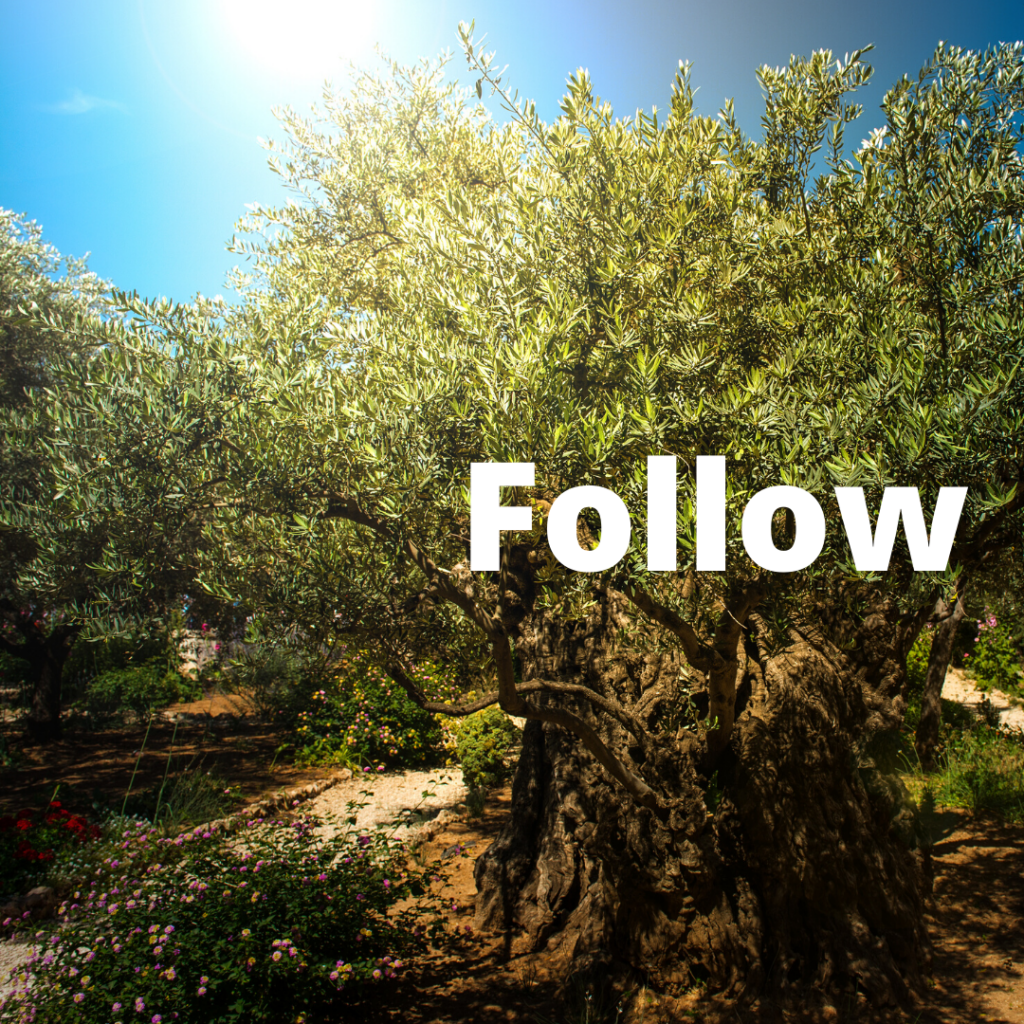Matthew 4:12-23

The Fantasticks is the name of an off-Broadway musical that ran for a total of 42 years, with 17,162 performances throughout the U.S. and at least 67 other countries. But even if you are not one of the many thousands to have seen the play, odds are you probably have heard a song from the production’s score, titled Try to Remember. That’s because Try to Remember has been covered by everyone from Roger Williams to Josh Groban.
What is the magic of its popularity? It could be its gentle melody, its clever rhyming and use of alliteration in its lyrics, or its poignant and nostalgic message. In short, there isn’t anything for anyone to not like about it.
So, here’s the one thing I don’t like about it. After taking us down memory lane, the song ends on a verse that says, “Try to remember, and if you remember, then follow…” It’s an incomplete sentence-a verb without an object-which leaves the listener hanging, without a clue as to who what or where we are supposed to follow.
I don’t know about you, but there aren’t many people that I would blindly follow without some idea of where following them will take me. Then I read the Gospels and remember, that is exactly the way Jesus summoned people to become his disciples. He combed the beaches of Galilee calling fishermen with the words, “Follow me.”
Actually, in the Greek language with which Matthew’s Gospel was written, those words also make for an incomplete sentence. It is an object without a verb. Although the intent of Jesus’ invitation to follow him is obvious, the literal translation reads more like he is saying, “after me!” or “here!” Regardless of the aesthetics of sentence structure, what these common fisher-folk heard was Jesus calling them to follow him. And that’s what they did! Sometimes even leaving their nets on the sand or their fathers sitting in the boat to…follow. Later on, Jesus would pass by a tax collector named Matthew and drop that same invitation. “Follow me.” And Matthew left his booth with all the taxes he had gathered…to follow.
Not everybody was as ready to drop everything and follow Jesus, as were Andrew, Peter, James, John and Matthew. Some insisted on taking care of business or putting their affairs in order first. Which strikes me as a much more common-sense way to go about things. But it ended up costing them the chance to join Jesus in his ministry.
Those who did follow didn’t necessarily always know where they were headed next or why. It’s like Jesus expected them to learn by osmosis-through their relationship to him and observing what he did and said-rather than through some detailed itinerary or syllabus of study. It was all so open-ended. Like that closing verse of Try to Remember.
Tomorrow, 14 of us will be leaving on a pilgrimage to Israel. The title of the pilgrimage is “In the Footsteps of Jesus.” Which is itself an incomplete sentence; an object without a verb. But the intent is unmistakable. The unspoken verb is “follow.” We will be literally walking where Jesus led those first disciples, so long ago. Unlike them, we are setting out with a clear itinerary that lists the places we will visit. There will be none of the uncertainty that they faced, about where we will lay our head when the sun goes down. We won’t be dismayed, as they must have been, that the journey ends on a cross instead of a throne. Or shocked, like they were, that a new journey began at an empty tomb.
But what we will share in common with the fishermen, tax collectors and others who followed this path before us, is that it was never just about the places along the route of our following. It was and always will be, about our relationship to the One we follow.
That’s what distinguishes a pilgrimage from a tour. The purpose of a tour is to experience a different place and culture. To observe locations and monuments that expose us to history, or art, or to natural wonders. The purpose of a pilgrimage is not primarily to experience a “where” or a “what”, but a “who”. It is not to seek greater awareness about the “why” of its popularity as a destination, but to explore the “how” of its power to deepen our relationship to something-or someone- beyond the place itself. A tourist sets out with a geographic destination in mind. A pilgrim understands the destination to be a stepping stone along a deeper journey of the soul. Whereas a tourist “goes” to destinations of their own choosing, a pilgrim “follows” where their relationship to Jesus beckons them. A tour may be a sensory or educational experience. A pilgrimage will be a transformational experience.
Not everyone will have the opportunity or the incentive to go on pilgrimage in their lifetime. Until recently, I never thought I would. The good news is that following in the footsteps of Jesus is not a practice that is confined to any specific spot on a map. Not even a map bearing names like Bethlehem, Nazareth or Jerusalem.
Jesus can be as close to us in a faithful community at worship here in Westminster as among fishermen on the shores of the Galilean Sea.
He is as near in the pages of your Bible-God’s Living Word-as he would be if you sat where he preached the Sermon on the Mount.
You are rubbing shoulders with him in every stranger to whom you extend a hand of hospitality as surely as you would be as you pressed through the crowds walking the Via Dolorosa.
Every day and every place can be your pilgrimage if you will just remember, and…follow.
Copyright 2020, Raymond Medeiros